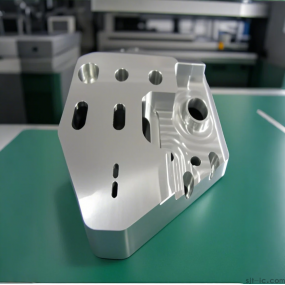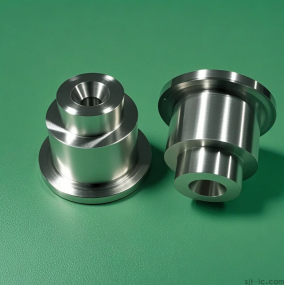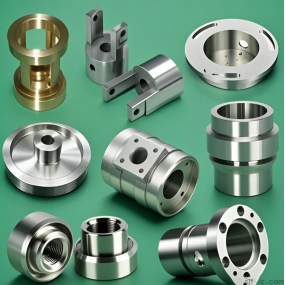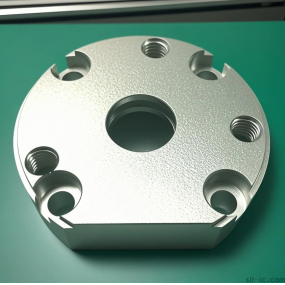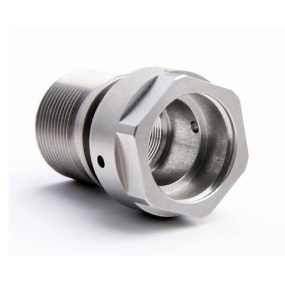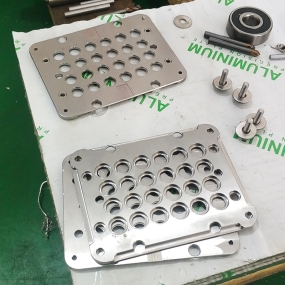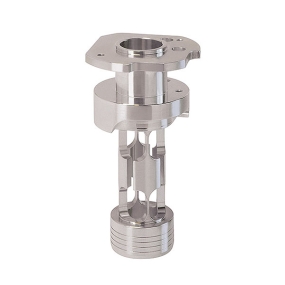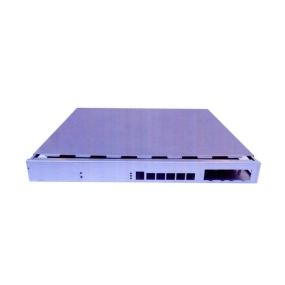There are many requirements for the appearance surface quality of the end point machine shell processing, mainly including the following aspects: 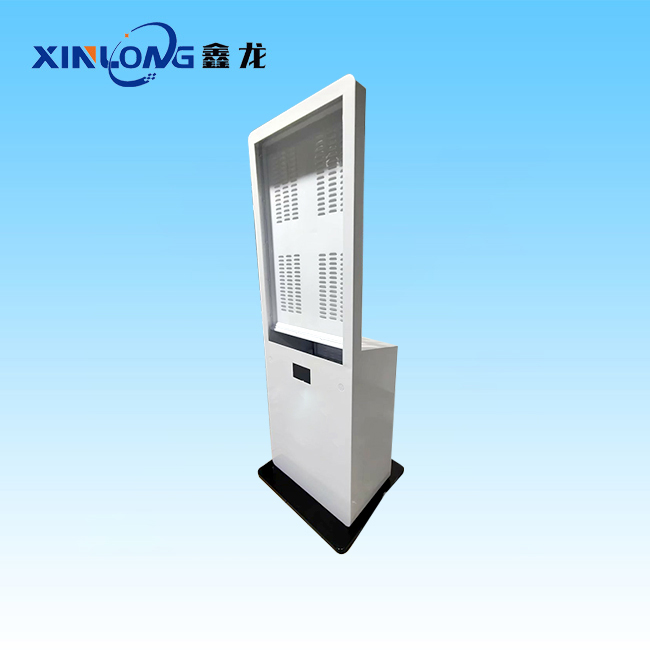 flatness The surface of the shell should be flat as a whole, and there should be no obvious bumps, undulations or deformations. For example, the mobile phone end point machine shell is placed on a horizontal surface, and it cannot be tilted or shaken, otherwise it will affect the appearance of the product and the assembly accuracy with other parts. The flatness deviation of the local area is usually required to be controlled within a very small range, generally not more than 0.1mm. The specific value may vary depending on the product type and accuracy requirements. Smoothness The surface of the shell should be smooth and delicate, and there should be no roughness, burrs or scratching hands. This is not only about the user‘s touch experience, but also avoids causing harm to the user during use. Gently touching the surface of the shell with your hands should not feel any grainy or uneven. For some high-end point machine shells, the surface roughness may be required to reach Ra0.8μm or even lower to achieve a mirror-like smooth effect. Color uniformity The color of the shell surface should be uniform without obvious color difference. The color should be highly consistent between products produced in different batches and between different parts of the same shell. The color deviation usually needs to be controlled within Delta E2.0 to ensure the overall coordination and aesthetics of the appearance of the product. At the same time, the color should have good weather resistance and corrosion resistance, and it is not easy to fade or change color. Glossiness The gloss of the shell surface needs to meet the design requirements. Whether it is high-gloss, matte or semi-matte effect, it should be uniform and stable. The high-gloss surface should have high brightness and clear reflection effect, and the matte surface should show a soft and uniform texture. The deviation of gloss is generally controlled within 10% to ensure the consistency and quality of the product appearance. Integrity The shell surface cannot have cracks, scratches, bubbles, lack of material, shrinkage and other defects. Cracks will seriously affect the strength and service life of the shell. Scratches will destroy the appearance and beauty. Bubbles, lack of material and shrinkage will cause uneven surface. For minor scratches, the length and depth are usually strictly limited, such as the length of scratches does not exceed 5mm and the depth does not exceed 0.05mm; while for defects such as bubbles, missing materials and shrinkage, the general requirements are not allowed to appear. Cleanliness The surface of the shell should be free of dust, oil, fingerprints and other contaminants, and kept clean and tidy. These contaminants will not only affect the appearance, but may also have adverse effects on subsequent assembly and use. In the production process, tools such as cleanliness detection equipment or optical microscope are usually used for detection, and obvious contaminant particles cannot be observed at a certain magnification. Identification Clarity The identification, text, pattern, etc. on the shell should be clear, complete and accurate, without blurring, ghosting or missing. The clarity of the identification directly affects the identification and user experience of the product. The line width, height and spacing of the logo are strictly required, for example, the line width is generally not less than 0.2mm to ensure that it can be clearly identified in different environments.
flatness The surface of the shell should be flat as a whole, and there should be no obvious bumps, undulations or deformations. For example, the mobile phone end point machine shell is placed on a horizontal surface, and it cannot be tilted or shaken, otherwise it will affect the appearance of the product and the assembly accuracy with other parts. The flatness deviation of the local area is usually required to be controlled within a very small range, generally not more than 0.1mm. The specific value may vary depending on the product type and accuracy requirements. Smoothness The surface of the shell should be smooth and delicate, and there should be no roughness, burrs or scratching hands. This is not only about the user‘s touch experience, but also avoids causing harm to the user during use. Gently touching the surface of the shell with your hands should not feel any grainy or uneven. For some high-end point machine shells, the surface roughness may be required to reach Ra0.8μm or even lower to achieve a mirror-like smooth effect. Color uniformity The color of the shell surface should be uniform without obvious color difference. The color should be highly consistent between products produced in different batches and between different parts of the same shell. The color deviation usually needs to be controlled within Delta E2.0 to ensure the overall coordination and aesthetics of the appearance of the product. At the same time, the color should have good weather resistance and corrosion resistance, and it is not easy to fade or change color. Glossiness The gloss of the shell surface needs to meet the design requirements. Whether it is high-gloss, matte or semi-matte effect, it should be uniform and stable. The high-gloss surface should have high brightness and clear reflection effect, and the matte surface should show a soft and uniform texture. The deviation of gloss is generally controlled within 10% to ensure the consistency and quality of the product appearance. Integrity The shell surface cannot have cracks, scratches, bubbles, lack of material, shrinkage and other defects. Cracks will seriously affect the strength and service life of the shell. Scratches will destroy the appearance and beauty. Bubbles, lack of material and shrinkage will cause uneven surface. For minor scratches, the length and depth are usually strictly limited, such as the length of scratches does not exceed 5mm and the depth does not exceed 0.05mm; while for defects such as bubbles, missing materials and shrinkage, the general requirements are not allowed to appear. Cleanliness The surface of the shell should be free of dust, oil, fingerprints and other contaminants, and kept clean and tidy. These contaminants will not only affect the appearance, but may also have adverse effects on subsequent assembly and use. In the production process, tools such as cleanliness detection equipment or optical microscope are usually used for detection, and obvious contaminant particles cannot be observed at a certain magnification. Identification Clarity The identification, text, pattern, etc. on the shell should be clear, complete and accurate, without blurring, ghosting or missing. The clarity of the identification directly affects the identification and user experience of the product. The line width, height and spacing of the logo are strictly required, for example, the line width is generally not less than 0.2mm to ensure that it can be clearly identified in different environments.
Hello! Welcome to EMAR's website!
 English
English » »
» »
 Spanish
Spanish Arabic
Arabic French
French Portuguese
Portuguese Belarusian
Belarusian Japanese
Japanese Russian
Russian Malay
Malay Icelandic
Icelandic Bulgarian
Bulgarian Azerbaijani
Azerbaijani Estonian
Estonian Irish
Irish Polish
Polish Persian
Persian Boolean
Boolean Danish
Danish German
German Filipino
Filipino Finnish
Finnish Korean
Korean Dutch
Dutch Galician
Galician Catalan
Catalan Czech
Czech Croatian
Croatian Latin
Latin Latvian
Latvian Romanian
Romanian Maltese
Maltese Macedonian
Macedonian Norwegian
Norwegian Swedish
Swedish Serbian
Serbian Slovak
Slovak Slovenian
Slovenian Swahili
Swahili Thai
Thai Turkish
Turkish Welsh
Welsh Urdu
Urdu Ukrainian
Ukrainian Greek
Greek Hungarian
Hungarian Italian
Italian Yiddish
Yiddish Indonesian
Indonesian Vietnamese
Vietnamese Haitian Creole
Haitian Creole Spanish Basque
Spanish Basque


